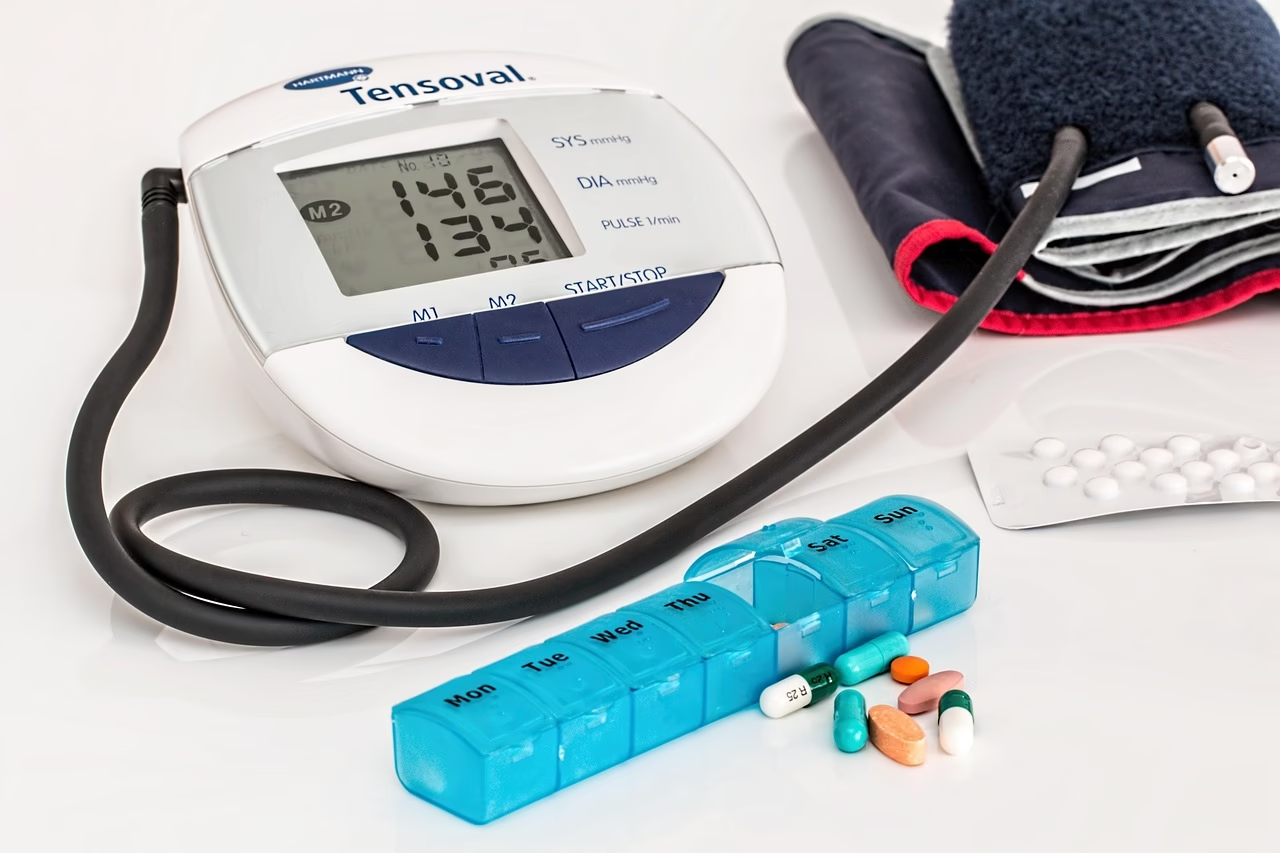I still remember standing beside my patient, Marisol, as she stared at her fitness tracker in disbelief. Her cheeks were flushed from a brisk walk, her T-shirt damp with effort, yet the watch insisted she had barely burned one hundred calories. “Why do I even bother?” she whispered. In that moment I felt her frustration—because for too long, the data meant to empower people with larger bodies has quietly invalidated their hard work.
That’s why the news out of Northwestern University last week sent a ripple of hope through my clinic: researchers unveiled a wrist-worn smartwatch algorithm that tracks energy expenditure in people with obesity with over 95 percent accuracy—a figure that rivals the metabolic carts we wheel into research labs. Source
Why Traditional Wearables Miss the Mark
Most commercial fitness trackers are calibrated on lean, able-bodied volunteers whose gait, metabolic rates, and limb angles differ markedly from those of higher-weight individuals. As body mass rises, a person’s center of gravity shifts and step patterns change. The device—designed to interpret “average” motion—winds up translating movement into calories through skewed math. The result? Consistent under-counting that can erode motivation and skew nutritional planning.
“When you feed ‘average’ motion to calorie-burn equations, the math just doesn’t line up.” —Dr. Nabil Alshurafa, lead investigator Medscape
The Science Behind the Breakthrough
Dr. Alshurafa’s team developed what they call a dominant-wrist algorithm—a machine-learning model trained exclusively on data from people with obesity as they performed everyday activities. In two separate studies totaling more than 16,000 minutes of monitored movement, the algorithm consistently kept its error margin within ±1.96 standard deviations of lab-grade metabolic carts. Medscape
Key innovations include:
- Body-inclusive training data. By focusing on real-world gait patterns of higher-weight participants, the model accounts for nuances like shorter stride lengths and arm-swing variations.
- Minute-by-minute MET estimation. Instead of lump-sum calorie totals, the algorithm tracks metabolic equivalents every sixty seconds, capturing micro-bursts of effort such as climbing a single flight of stairs or carrying groceries.
- Open-source transparency. The codebase and anonymized dataset are publicly available, allowing independent researchers to audit—and improve—the model. Northwestern Now
Why Accuracy Matters for Mind-Body Health
Calorie tracking isn’t about moral accounting; it’s about feedback. For someone pursuing weight management or blood-sugar stability, a 20–30 percent under-estimation can translate into a stalled scale, medication adjustments, or creeping self-doubt. When the numbers finally reflect reality, three powerful shifts occur:
- Restored Trust. Seeing an honest calorie tally validates effort and reinforces positive behavior loops.
- Personalized Coaching. Clinicians can fine-tune nutrition and movement prescriptions with far less guesswork, improving outcomes.
- Mental Relief. Accurate data quiets the inner critic that whispers, “I must be doing something wrong.”
What This Means for Your Wellness Journey
If you live with obesity and already use a smartwatch, you won’t need to purchase a new device—the Northwestern algorithm is being rolled out as a software update and an app later this year for both iOS and Android platforms. Learn more Once installed, the app will prompt you to specify which wrist you wear the watch on (right now, the model is validated for the dominant wrist). Then, simply wear the watch as you normally would; no breath-mask sessions or hip clips required.
That said, technology remains a tool, not a verdict. It cannot weigh your worth, measure your joy, or dictate the pace at which you heal. Use the numbers as gentle signposts, not rigid rules. Pair them with internal cues—how your joints feel, whether your sleep deepens, how steady your mood becomes—as you explore movement that brings you pleasure.
Caveats & Compassionate Reminders
- Population limits. The algorithm is validated in adults with obesity wearing the device on their dominant wrist. Accuracy may dip in children, athletes in weight-bearing sports, or when worn on the non-dominant wrist.
- No substitute for medical care. If you have comorbidities such as heart disease or diabetes, continue regular check-ins with your healthcare team.
- Focus on patterns, not perfection. A single high-variance day won’t derail your health trajectory; trends over weeks and months are what matter.
A New Chapter in Inclusive Tech
For years, many of my patients felt unseen by the very wearables marketed to “help everyone move more.” This breakthrough is more than an engineering feat—it’s an acknowledgment that bodies come in diverse shapes and metabolisms, and that every person deserves data built for them, not merely around them.
Marisol recently tried a beta version of the app. After a weekend gardening session, her watch reported an energy burn 28 percent higher than what her old firmware once claimed. She beamed. “I knew those tomato plants were a workout,” she laughed. Accurate? Yes. Empowering? Absolutely.
May we continue to design tools that reflect the beautiful variety of human bodies—and may you always remember that your worth transcends any algorithm. Still, when technology finally tells the truth about your effort, it can feel like the world is exhaling right alongside you.





